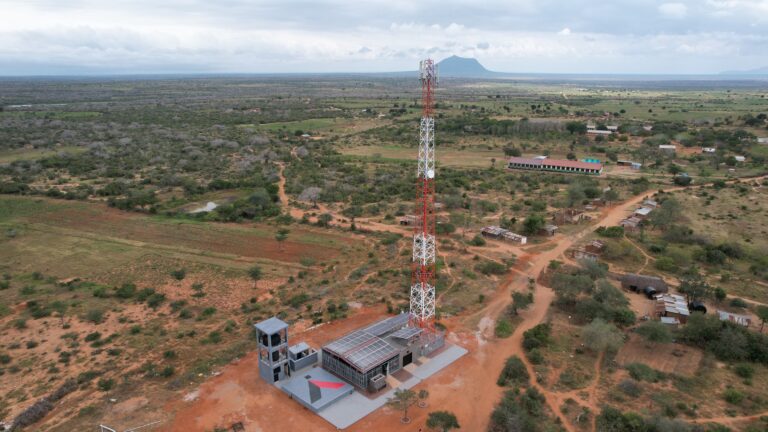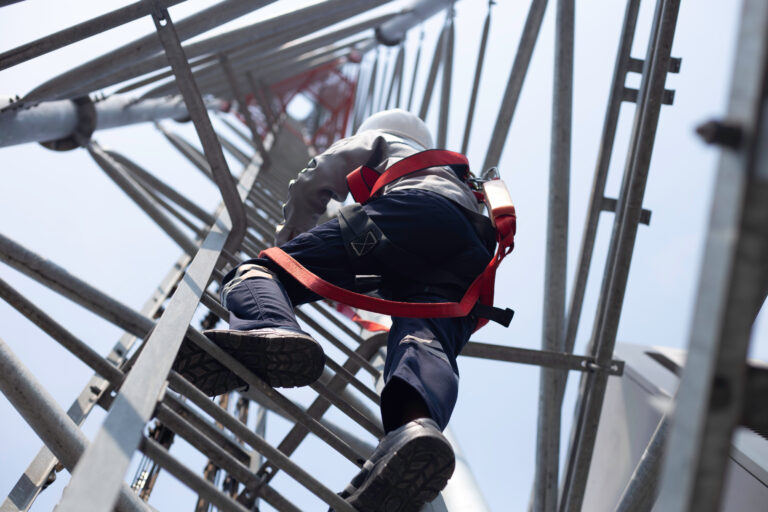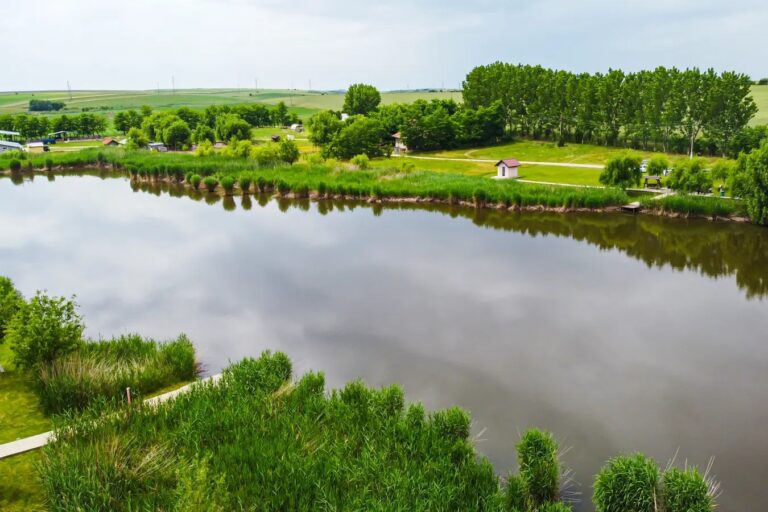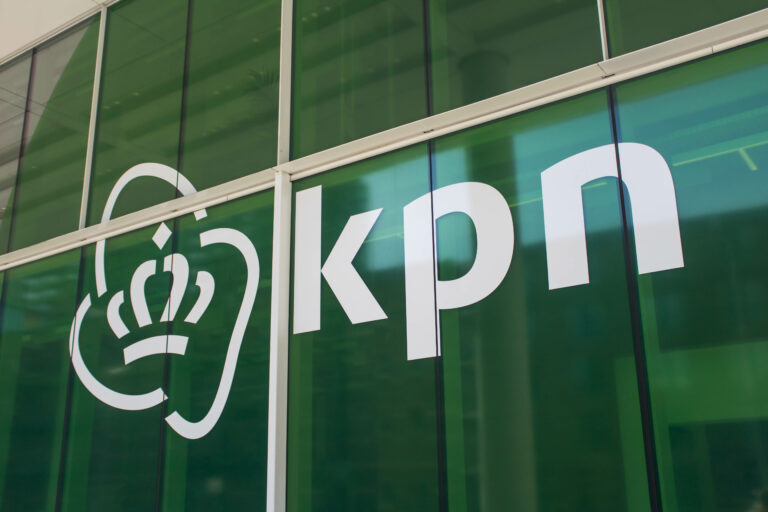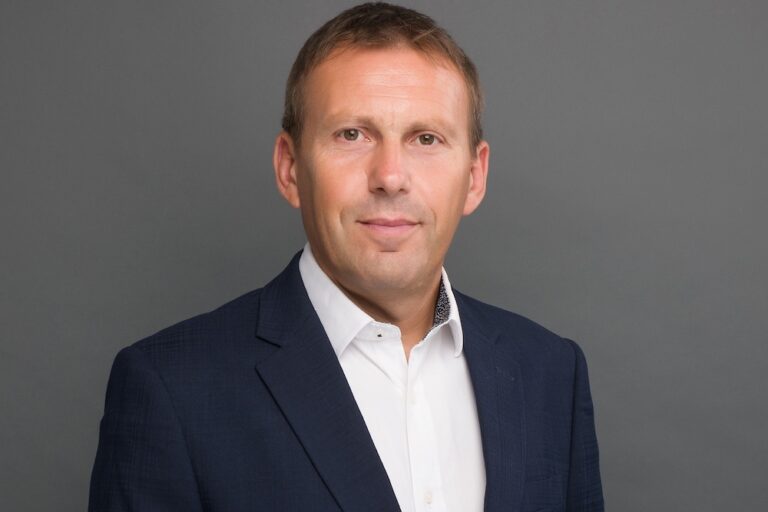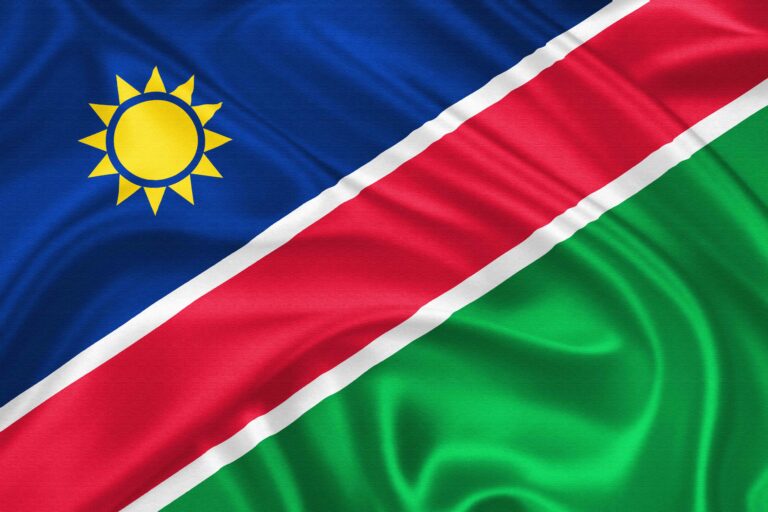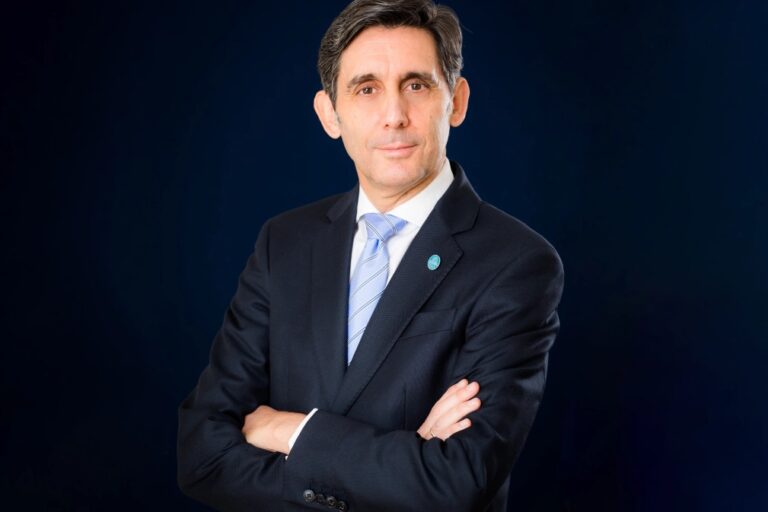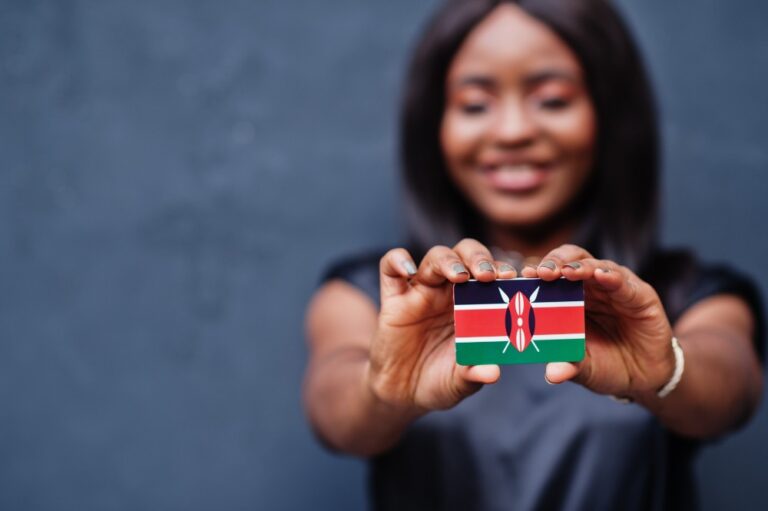Experienced executive team of the little-known new investor has plenty of links to Ericsson
Kenya’s new Government has overturned the previous administration’s decision to take over control of troubled Telkom Kenya. It will instead allow a little-known UAE-based infrastructure start-up, Infrastructure Corporation of Africa (ICA), to acquire the 60% shareholding from Holdings/Helios Investment Partners.
In July last year, the previous administration agreed to buy a 60% shareholding in Telkom Kenya from Helios Investment Partners’ investment vehicle Jamhuri Holdings. As part of the deal the government was to pay Helios just over KES6bn after its decision to exit – a move that would have left Telkom 100% government-owned.
Failure to honour commitments
According to The Nation, Helios exited its investment in Telkom Kenya following failure by the government to honour commitments that it says would have injected commercial viability into Kenya. The collapsed bid for a joint venture between Airtel Kenya and Telkom Kenya in 2019 was one of the main reasons that prompted the Helios to exit its investment.
The government is also demanding a refund from Helios for the transaction last July. It has also cleared Telkom Kenya to scout for a new strategic investor to pump in capital.
In June, Kenya Broadcasting Corporation reported that the debt-laden telco was on the “brink of collapse” after American Towers Corporation (ATC) reportedly switched off half of its masts across the country in response to a Ksh200m (€1.3m) pending bill. At the same time Kenya Communications Workers Union (COWU) general secretary Benson Okwaro said the government should match the KES6bn paid out to Helios through investment.
Orange originally bought a majority stake in Telkom Kenya when it was privatised in November 2007 eventually moved to offload its shares to UK-based Helios in 2015. The transaction was completed in June 2016.
Enter the UAE
The post-election volte-face saw the new administration seek new investors leading to a recommendation to opt for UAE-based ICA, based on the offer they put forward. According to reports, the offer included a cash injection to support the telco’s infrastructure and pay off liabilities.
According to Khusoko, Telkom reportedly has a debt of KES7.2bn, with KES3.3bn owed to infrastructure firm ATC. Telkom Kenya also owns a 22.5% stake in TEAMS, a 5,000km undersea fibre optic cable through Fujairah, UAE, and a 10% stake in LION2, another 2,700km undersea fibre optic cable through Mauritius.
It also owns a stake in the East African Submarine System Cable (EASSy) and manages the National Optic Fibre Backbone Infrastructure (NOFBI) on behalf of the Ministry of ICT, an inland fibre optic cable network running through Kenya’s counties. Telkom is also the landing partner for the LION2, EASSy, DARE 1 and the PEACE Cables.
Nation Media Group business editor Julians Amboko posted Telkom’s sorry saga of ownership stretching back to 1998, leading up to the latest development. For its part, ICA seems a relatively newcomer. Liquid Intelligent Technologies Group CTIO Ben Roberts tweeted: “I have not come across this company in my 21 years of experience building ICT infrastructure in Africa.
Ericsson links
According to its website – which social media revealed was only registered on 11 September this year – ICA has offices in UAE, Sweden and India. Although not having an office on the African continent, it targets three verticals: low-cost distributed networks, digital services platforms and planning, operation and maintenance.
Listed executives include director and CEO Anil Raj, the ex-CEO of Hutchison India plus senior stints at Ericsson including as chairman of Symbian. The chairman of the board of directors is Sushil Jiwarajka, currently also chairman of Essjay Ericsson a joint venture company of Ericsson and the Artheon group supporting mobile operators and renewable energy companies with managed services.
Chairman of the supervisory board is Karl-Henrik Sundström, currently the chairman European mining giant Boliden and several other companies but was a previous global CFO of Ericsson. CTO Manuel Garcia has held positions of CTO, deputy CTO and managing director for more than 20 years in various operations in North Africa and Sub-Saharan Africa like Orange Morocco, Ooredoo Algeria and Moov Ivory Coast.
Another director Arun Bansal currently services as Group CEO for the Adani Airport Business Unit within the Adani Enterprise Group but previously held the title of president – market area Europe and Latin America at Ericsson with the overall responsibility for the Group’s operations in 110 countries.
More market restructure on the way
As part of the Telkom announcement, the government also said it will pursue regulatory reforms: “to correct the structural imbalance in the telecommunications industry for the benefit of all stakeholders.”


